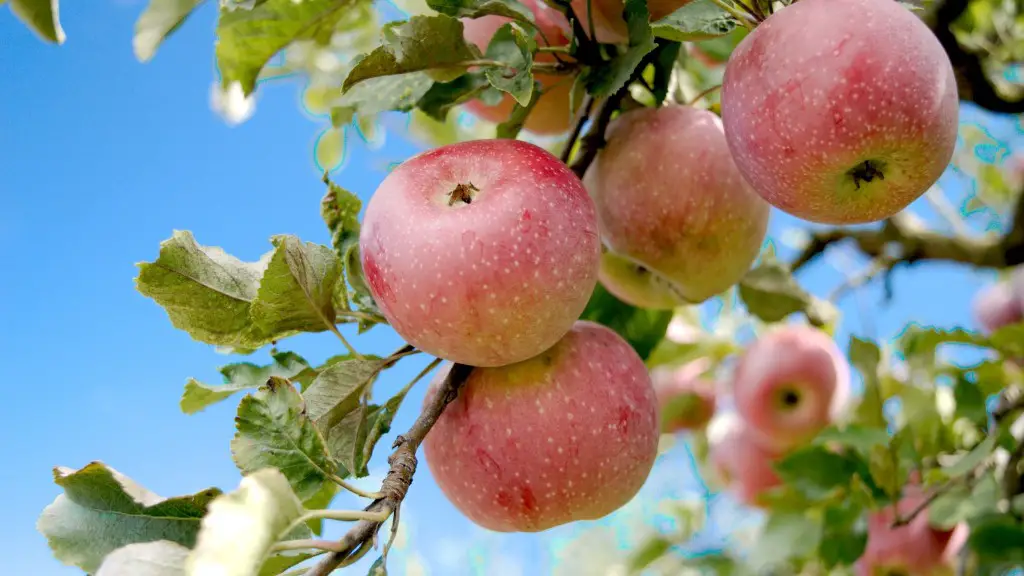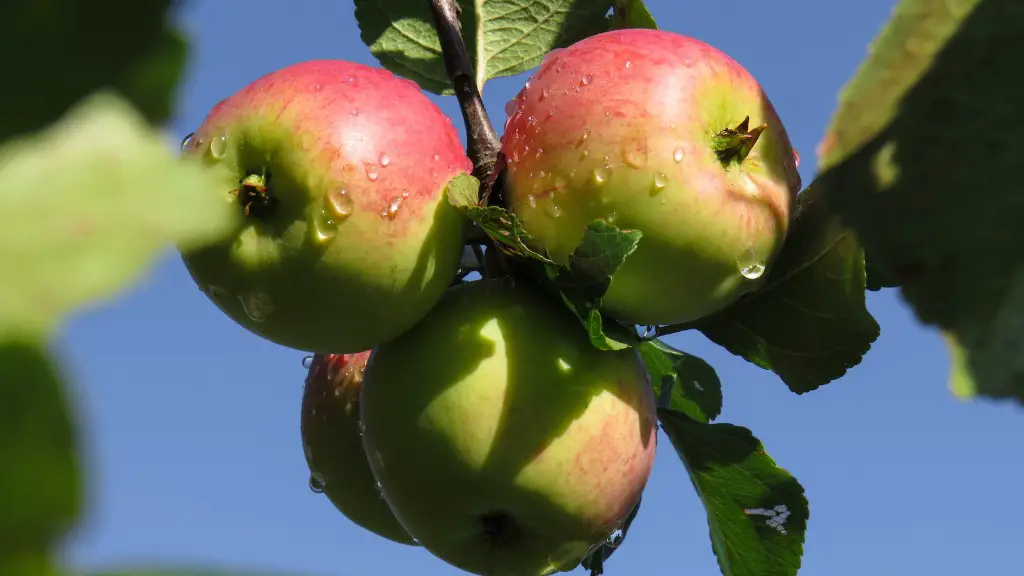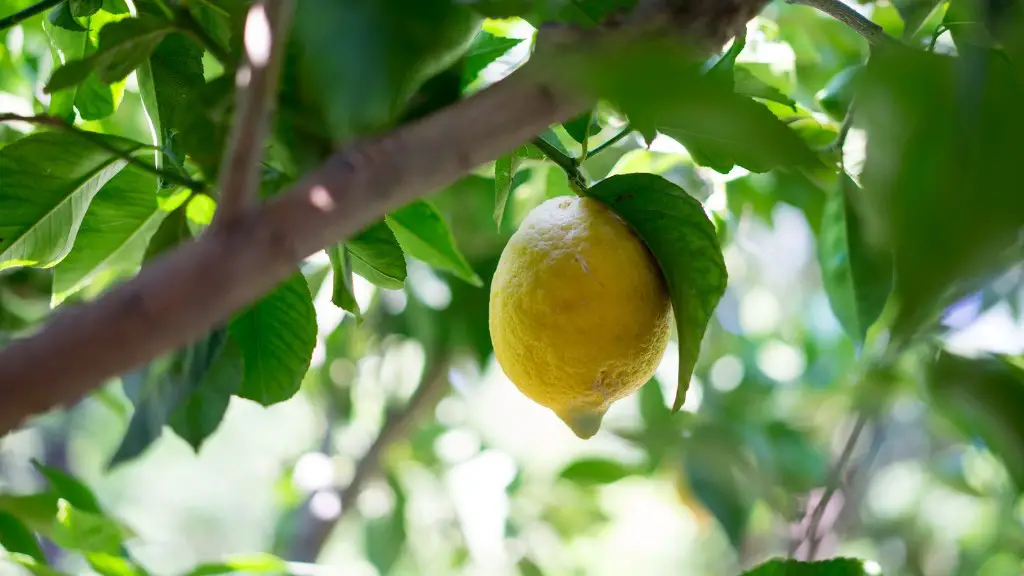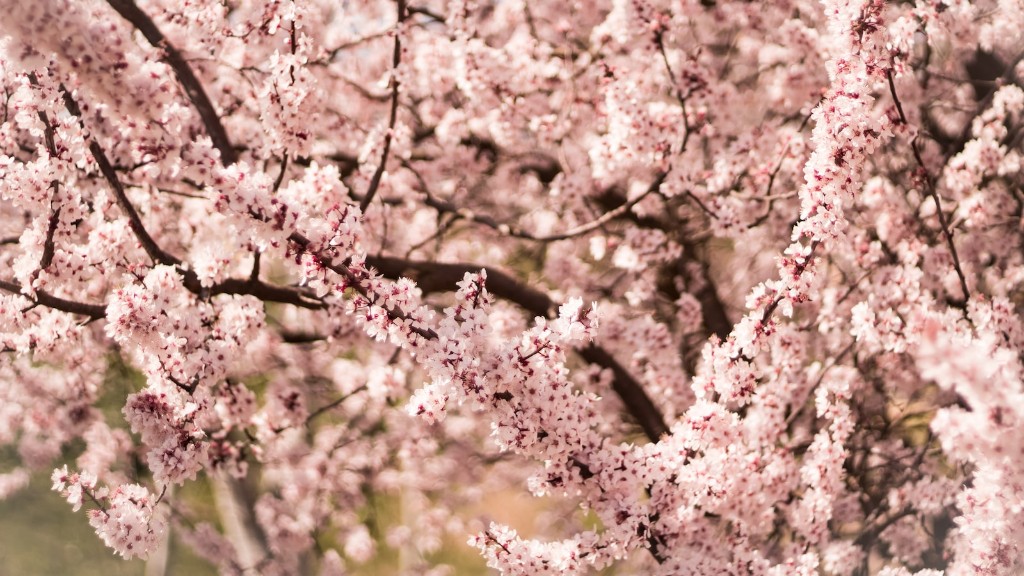Making a lemon bonsai is a delightful and rewarding experience which can bring a lifetime of beauty to your home or garden. There are some simple steps to follow in order to create the perfect lemon bonsai. It is important to plan ahead, as it takes several months before your bonsai is ready for display. Here’s how to make a lemon bonsai:
1. Start with a healthy lemon tree – To have success in creating a bonsai, choose a healthy lemon tree with a good trunk and branches. This will be the heart of your bonsai. Choose one that is young and unblemished so it can become the framework for your art. It is important to note that a lemon tree needs adequate sun, water and nutrients to the roots.
2. Prune the branches – After you have selected the tree, carefully prune the branches. It may take several pruning sessions to get the desired look you want. Do not rush and take your time as it is essential to cut the branches in the right places to create the desired shape. Prune the branches and make sure they are symmetrical and straight. This will help create the foundation.
3. Pot the tree – After pruning and shaping the tree, it is time to pot it in a potting medium. Make sure to choose a pot with the right drainage and make sure the tree has enough room in the pot for proper growth. Usually, a mixture of moss and soil is used to fill the pot.
4. Wire the branches – After the tree has been potted and the branches have been pruned, it is time to wire the branches to create the desired shape of the tree. This process will make sure the branches are properly positioned for the desired outcome. Make sure you check the wires regularly and adjust as needed.
5. Fertilize the tree – Fertilize the tree regularly in order to help the tree grow and stay healthy. Depending on the season, there are different fertilizers that can be used. It is best to consult a professional in order to determine which fertilizer is best suited for your tree.
6. Water regularly – Make sure to water the tree regularly as it needs to stay hydrated in order to grow and stay healthy. Use filtered water when possible and do not over-water. If the soil is too wet, it can cause root rot and can damage the tree.
7. Patience is key – Creating a lemon bonsai can take a long time, so be patient and enjoy the process. Once the tree has been shaped and potted, it can take several months for it to become the perfect bonsai. Enjoy the process and enjoy the beauty of the bonsai when it is finished.
Bonsai Styles
When creating a bonsai from a lemon tree, it is important to decide on the type of bonsai style that you would like. For example, a bonsai can be styled as a cascade, semi-cascade, broom, informal upright, literati, windswept or slanting. Each style requires differential growth of the branches and trunk in order to achieve the desired outcome.
The cascade style requires the tree and branches to grow downwards towards the ground. This style needs to be carefully planned in order to achieve the right look. A semi-cascade style is similar to the cascade style, however, it is not complete horizontal and it contains some upward branches as well. This style also needs careful planning.
The broom style is popular style which will require frequent trimming and pruning in order to achieve the desired effect. The tree will have a broom-like structure with a dense canopy of foliage. The informal upright style is commonly referred to as the “moyogi” style and is one of the most popular bonsai styles. It requires careful pruning and positioning in order to create an aesthetically pleasing look.
The literati style is a style that has been around since the 16th century and is the epitome of a less is more aesthetic. It features a single trunk line without much branching, as the focus is placed on the trunk rather than the branches. The windswept and slanting style are variations of the informal upright style, as the branches are sculpted and placed in a specific direction for a specific effect.
Tree Care
After you have styled the bonsai, it is important to pay attention to the tree’s health. Lemon trees require a lot of care and attention in order to stay healthy. Make sure to use the right fertilizer and water the tree regularly. Do not forget to prune and trim the branches so that the shape is maintained. Moreover, it is important to protect the tree from pests and disease.
Pay attention to the leaves and any new growth as it may indicate a problem. If necessary, use an insecticide or fungicide to treat any pests or diseases that may be affecting the tree. Keep the temperature regulated and make sure to protect the tree from extreme weather conditions. It is important to keep the tree away from drafts and sudden temperature changes.
Pay attention to the soil and make sure it is not too dry or too wet. Do not forget to check the pot for any signs of root rot or fungus which might be affecting the overall health of the tree. Lastly, if you notice any issues, it is best to immediately contact a professional and take the necessary steps to keep your bonsai healthy.
Aesthetics
When creating your bonsai, it is important to keep aesthetics in mind. As the bonsai is meant to be looked upon with admiration, make sure there are no dead branches or leaves. Take the time to prune and shape the tree until you have achieved the desired look. Place the tree in an area where it can receive adequate sunlight and will be safe from any physical damage.
You can also consider using potting decorations such as rocks or stones. These decorations can help bring a sense of balance to the bonsai while also making it aesthetically pleasing. Use moss or other useful decorations as well. Remember to make any necessary adjustments as the bonsai grows and its shape changes.
You can also use various tools such as wire cutters, scissors, tweezers, or pruners to shape and groom the bonsai. Make sure you keep the tools clean after use to ensure they do not harm the tree. Consider using a variety of chemicals to prevent diseases and pests, but be careful not to overuse these chemicals as they can damage the tree.
Conclusion
Making a lemon bonsai is an enjoyable and rewarding experience. It takes a lot of patience and care but the results are well worth it. Follow these steps to create an exquisite and beautiful bonsai that will be the pride of your garden. Do not forget to take necessary precautions to safeguard the health of the tree.




